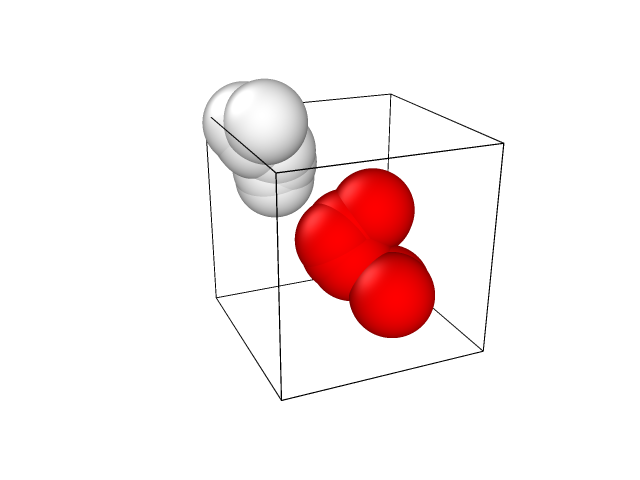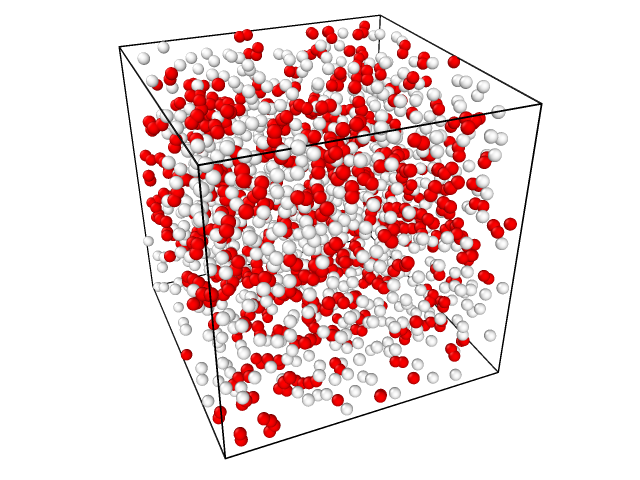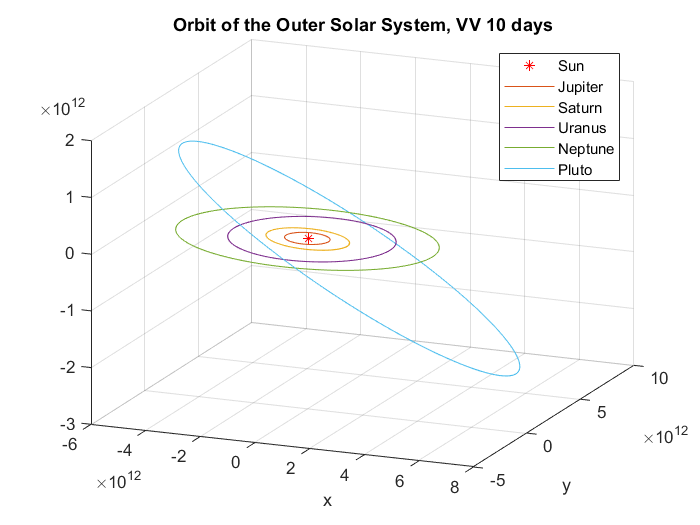Granular Flow in a Rotating Drum
This project implements a Discrete Element Method (DEM) simulation of glass beads in a rotating drum to study granular flow regimes. By varying rotation speeds and friction coefficients, the simulation captures slumping, rolling, cascading, cataracting, and centrifuging transitions—validated against the flow map from Yang et al. (2008).
Additional studies evaluated rolling friction, particle-particle restitution, and the angle of repose as a function of Froude number and material properties. Results aligned with both analytical predictions and experimental benchmarks, demonstrating accurate implementation of DEM physics.



